In 2020, when a majority of the workforce switched to remote working, organizations of all sizes across the globe turned to Objective Key Results (OKR) to figure out how to stay aligned while responding to rapid change in the business environment. OKRs, as you may know already, are a great way to attain audacious goals. This is because setting OKRs forces individuals, teams, and companies to articulate their goals in a time-bound and measurable fashion. By setting an Objective (a broad mission statement) and several Key Results (shorter, measurable assignments) great strides can be made in a quick and organized …
This website uses cookies so that we can provide you with the best user experience possible. Cookie information is stored in your browser and performs functions such as recognising you when you return to our website and helping our team to understand which sections of the website you find most interesting and useful.

